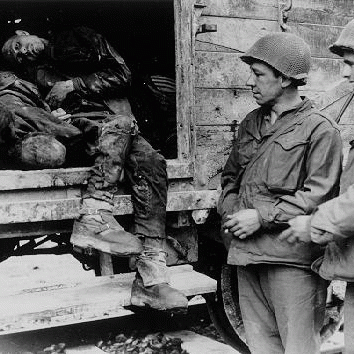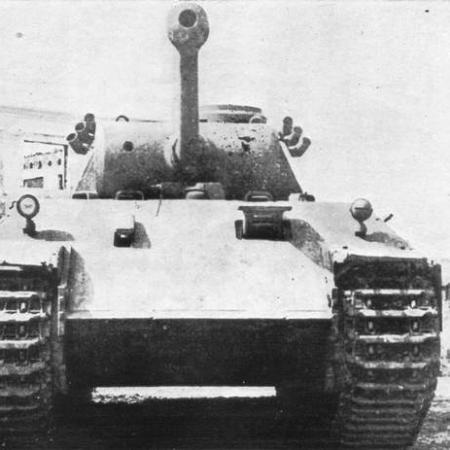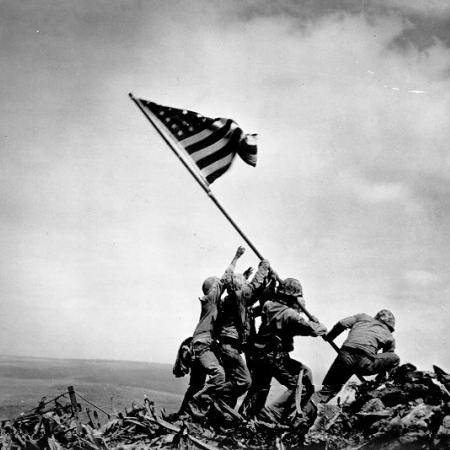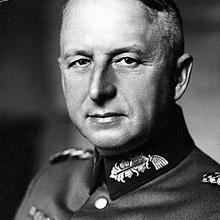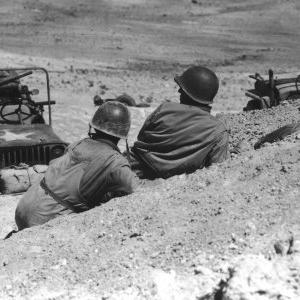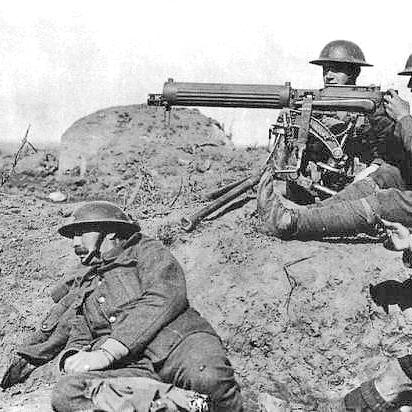Holocaust survivor Ernie Gross, age 83, and U.S. Army WWII veteran Don Greenbaum, age 87, were able to meet late last year in Philadelphia some 66 years after they unwittingly shared a day at a place and time in history that few people would ever want to be; Dachau concentration camp in April of 1945.
On April 29, 1945 Greenbaum was a G.I. in U.S. General George S. Patton's Third Army when the Third Army reached Dachau and its surviving victims.


